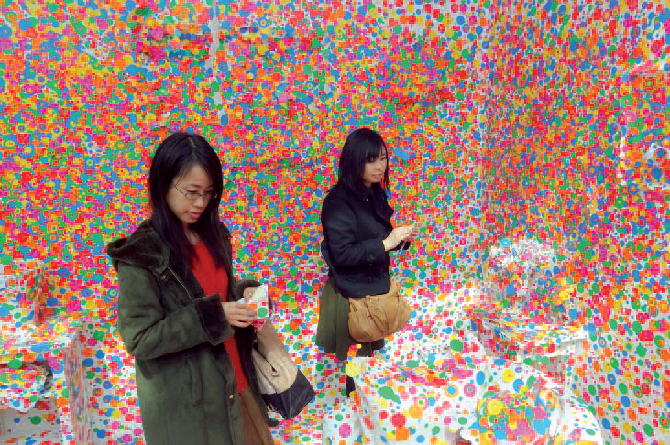
The Tokyo National Art Centre is holding an exhibition dedicated to this exceptional artist until the 22nd of May.
When asked to name internationally famous Japanese artists, most people will probably answer Ono Yoko (whose brilliant career is perennially obscured by her being Mrs John Lennon) or Kurosawa Akira. However, few people can match Kusama Yayoi’s presence on the world stage and the profound influence she has had on many contemporary artists. After all, she recently ended up in Time magazine’s list of the world’s ‘100 Most Influential People’ – the only Japanese to make the list. To many people her name may not be familiar, but her polkadotted works and brightly coloured giant pumpkins are instantly recognizable.
Last year, Kusama’s In Infinity exhibition toured Scandinavia, while Infinity Mirrors is currently being shown in a few cities in North America. However, the best place to be right now if you are a Kusama fan is Tokyo, where the National Art Centre is showing My Eternal Soul, one of her biggest exhibitions to date and a tour de force covering the artist’s entire career from her early beginnings to her most recent work-in-progress project. Chronologically speaking, the exhibition starts at the end: we enter a huge space whose walls are covered with 132 pieces never-beforeseen in Japan. These large scale works belong to the 500-painting strong ‘My Eternal Soul’ series, on which Kusama has been working frenetically since 2009.

As she says in the visitors’ audio guide, every day (weekends included) she gets up at 9 a.m. and leaves the psychiatric clinic where she lives to go to her atelier. There she works on her paintings until it gets dark. “I’m so focused that I even forget to eat, and there are times I’m so tired that I faint,” she says. paintings are started with no preliminary sketching at all, by covering the canvas in one or two colours. Then she adds another colour on top of them. “I let my hand go freely without really thinking about what I’m doing,” she says. “I’m connected to each and every work I make because they all come from my heart. They all reveal the ups and downs of my mental state”. Apparently she works so quickly and with such concentration that she manages to finish one 194 x 194 cm2 painting in just 2-3 days. “I never stop to think about what I’m going to do next,” she says. “My ideas come to me non-stop while I’m painting, one after another”.
The series is noted for its extreme variation, with figurative motifs and abstract patterns coexisting freely. It’s a riot of funnily scary faces, amoeba and thousands of small spying eyes. Some of these works are monochrome, while others display an array of colours including gold, silver and copper. Even considered one at a time, most of these works are really beautiful, but the overall effect of seeing all of them next to one another is overwhelming. We are left with the impression of a crazy genius who is completely obsessed with her art.
The great novelty of this display is that people are actually allowed to take pictures in this particular room (but only with a smart phone). So, at last, slow-paced, quiet contemplation is being replaced by people dashing from one corner of the room to another, trying to take as many souvenir photos as possible. Luckily, this is the only place where photography is allowed.
The next room is quite surprising, especially for people who only know Kusama’s later works. Here we can see her early drawings and paintings. As a child, Kusama was plagued by hallucinations (the violets that grew near her house would turn into people’s faces and begin to talk to her) and began painting to escape her fears. She studied Nihonga (traditional Japanese painting) at the Kyoto Municipal School of Arts and Crafts. In the 1950s, Kusama was depicting both abstract and natural forms and developed a variety of motifs based on plants and animals, the planets and the universe. Her works from 1950-52 show a maturity that belied her young age. Looking at Accumulation of the Corpses (1950), one can only try to imagine the kind of nightmares and hallucinations she experienced at the time. Though beautiful and artistically accomplished, these early works speak directly to our deepest emotions. Indeed, when I was there a small kid stepped into the semi-dark room and cried out “kowai!” (scary).
We next jump to Kusama’s American period. She escaped (as she has often said) to the US in 1957 and settled down in New York in 1958, where she grabbed the local artists’ attention with her Infinity Net paintings, several of which can be seen here. These vast expanses of canvas filled with a mesh of monochrome strokes have neither boundaries nor centre, and do away with composition. At the time they were regarded as fresh and innovative, anticipating the aesthetics of the minimalist art movement that would become mainstream in the 1960s. Even today they never cease to mesmerize. A few years later, in 1962, Kusama began to challenge traditional concepts of sculpture being made from wood, metal or stone by creating socalled “soft sculptures” – soft phallic protrusions attached to furniture and other ready-made objects. The ladder and dresser displayed in Tokyo, together with the macaroni-covered coat, have been explained as obsessions with sex and food. We also get to see her collages, many of which feature the exotic, sphinx-like Kusama in twisted self-portraits, or self-obliterations, as she calls them.
One of Kusama’s most outstanding works is Aggregations (One Thousand Boats Show), that was displayed at the Gertrude Stein Gallery in New York in December 1963. It was an installation comprising a boat covered with phallic protrusions and painted silver, along with 999 posters portraying the same boat on the surrounding gallery walls, ceiling and floor. This has been reconstructed at this exhibition by using Walking on a Sea of Death, a similar work from 1981.
Kusama’s famous pumpkins can be found in several places throughout the exhibition. She first saw pumpkins in the fields around her house when she was a child, and they appear even in her early Nihonga paintings. “I was enchanted by the charming form of pumpkins and became interested in creating large, bulbous, pumpkin-like decorated bellies. Their strong spiritual balance appealed to me,” she says.
Of course, such a comprehensive retrospective wouldn’t be complete without the Infinity Mirror Room installation that first appeared in her November 1965 solo exhibition. It features a combination of a mirrored room and electric lights. The bright-coloured lights flickering in infinite space represent the concrete realization of “the soul wandering between life and death in an ecstatic space”, according to Kusama’s autobiography.
The third part of the exhibition covers Kusama’s return to Japan. Having recently experienced a succession of bereavements of people close to her, and suffering from mental illness, the artist moved back to Tokyo in 1973. While living in a psychiatric hospital, she immersed herself in creating collages, pasting printed photos of plants and animals on paper and adding patches of watercolour and gauche paint. Though these works are not as famous as her polka dots, infinity nets and pumpkins, they show a more introspective side to her art. These are also some of the most beautiful works she has ever produced. “The universe keeps dying and being reborn,” she says about them. “This cycle will go on forever, even after I die. I’m forever grateful to god who gave me my talent and introduced me to the art world. I may have created thousands of works, but when I’m gone the world will go on forever, even without me. Anyway, I’m not afraid of dying”.
Towards the end of the exhibition we get to see Kusama’s foray into interior design. The New York fashion boutique, which Kusama launched in 1968 to create and sell her own clothing designs, revealed an early affinity for art connected to life in society, and in 2000 she started to involve herself in various commercial collaborations, revealing her great business acumen. A good example of this is her work with the Osaka-based creative unit “graf” in 2002, producing sofas, stools, side tables, floor lamps and other furniture, with fabric and designs based on Kusama’s 1992 painting Yellow Tree. You could say she might be crazy, but she certainly knows how to turn art into money. Still, one has to wonder who would choose to live surrounded by weird black and yellow dotted tentacles.
This is the last room of the show, but following Kusama’s infinity themes, the exhibition is laid out in a circular way, so that when you reach the end, you can start all over again… and again. Considering the massive human log-jams caused by the crowds of people visiting the show, this was an excellent idea.
Having just turned 88, Kusama could be excused if she decided to hang up her brushes and ink pens and enjoy some rest, but judging by her recent exceptional output she’s not finished yet. Indeed, her parting words confirm her commitment to her art: “Today’s world is marked by a lot of anxiety connected to ever-growing strife between nations and individuals, and to elusive prospects for peace. We must, as human beings, be ever more determined to build a better world through cooperation. I have always been dedicated to my art, struggling day and night to create. I intend to continue as long as my heart keeps beating. My greatest desire is that my vision of a future of eternal harmony among people will be carried forward”.
Jean Derome
My Eternal Soul by Kusama Yayoi. Runs until may the 22nd. National art centre, 7-22-2 Roppongi, minato-ku, 106-8558 Tokyo. www.nact.jp chiyoda metro line, Nogizaka station, exit 6, Hibiya metro line, Roppongi station, six minutes walk from exit 4a or the Toei metro line, oedo station, four minutes walk from exit 7.

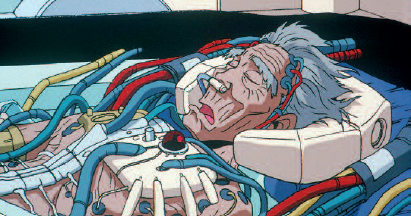

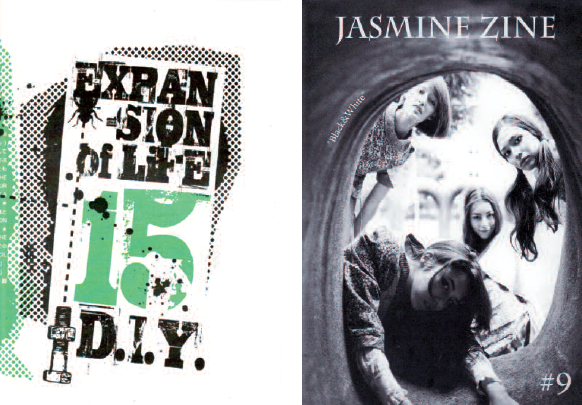



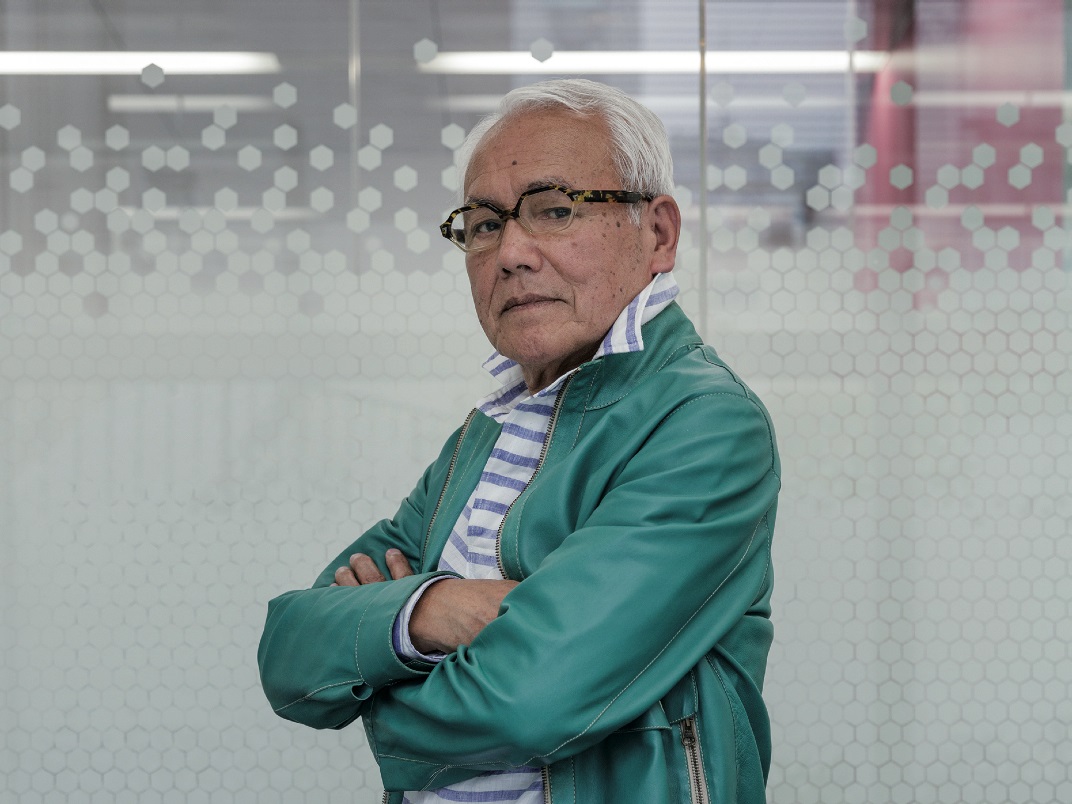
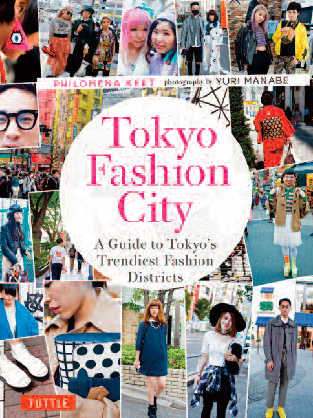


Leave a Reply